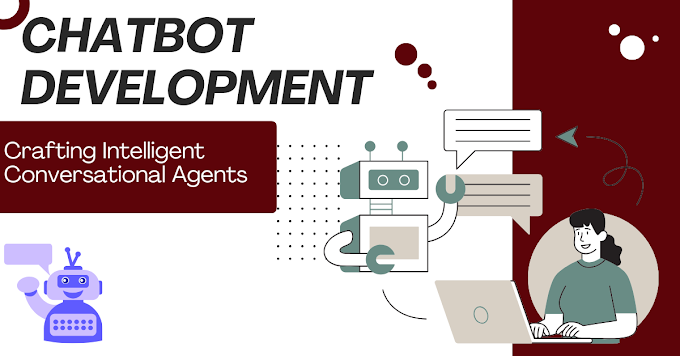An Introduction to Git and Version Control
Introduction:
In the dynamic world of software development, where collaboration and code development is paramount, version control remains a foundational pillar. Among the many tools available, Git emerges as a beacon, guiding developers through the complex terrain of collaborative coding. This comprehensive guide breaks down the basics of Git and version control, and provides a roadmap for developers to streamline their workflow, promote collaboration, and confidently navigate a sea of code changes
Chapter 1: The Evolution of Version Control
From Chaos to Control:
Start moving by creating version control systems. Understand the challenges that led to their inception and how they transformed chaotic legislative efforts into systematic and collaborative efforts.
Chapter 2: Git Fundamentals
Unveiling the Git Magic:
Demystify the basic concept of Git, starting with branching from a repository and guaranteed integration. Learn how Git’s decentralized structure allows developers to work offline and collaborate with global teams with ease.
Chapter 3: Setting Sail - Git Installation and Configuration
Configuring Your Code Compass:
Setting up your Code Compass: Walk through the process of setting up and configuring Git on your development machine. Discover how a well-structured Git environment can enhance your coding experience and simplify collaborative efforts.
Chapter 4: Your First Git Repository
Hoisting the Jolly Roger:
Create your virgin Git repository. Deve goes through the commands needed to initiate changes, stage them, and launch them, laying the foundation for effective version control in your projects.
Chapter 5: Branching Strategies
Branching Out for Success:
Explore the art of containers in Git and how it is changing collaborative development. To ensure a robust and organized codebase, learn about branching methods for handling features, maintenance, and testing.
Chapter 6: Merging and Resolving Conflicts
Navigating Code Confluence:
Navigate the waters of branch integration and conflict resolution with grace. Gain insight into strategic partnerships, ensuring smooth integration of regulatory changes without disrupting development flows.
Chapter 7: Collaboration and Remote Repositories
Synchronizing the Code Seas:
Master the art of collaborating with global teams of remote storage users. Understand Git workflows in distributed environments, enabling developers to collaborate seamlessly, regardless of geographic boundaries
Chapter 8: Git Best Practices
Navigational Tips for Smooth Sailing:
Consider a treasure trove of Git best practices. From dedicated cleanup to branching etiquette, adopt strategies that advance your version control proficiency and foster a collaborative code culture.
Conclusion:
As we wrap up our exploration of Git and version control, you now have the knowledge and tools to navigate the code sea with confidence. Git isn’t just a version control system; It serves as a compass to guide developers through the challenges of collaborative coding, ensuring that the journey of code development is as smooth and rewarding as possible so, sail with Git and plan to software development that is works well and is consistent.
FAQS
1. What makes Git the Rockstar of Version Control?
Decentralized Git capabilities allow developers to dance through code changes with ease, making collaboration capabilities the rule as never before. It’s not just version control; it’s a maestro creating a symphony of collaboration
2. How does Git Revolutionize Collaboration?
Git turns coding into a team sport. With branching mechanisms and remote storage, it turns collaborative coding into a seamless journey, connecting developers around the world to achieve synchronized coding
3. Why are Branches in Git More Than Just Code Paths?
Branches in Git are not just code paths; They are tactics. They allow you to manipulate, debug, and experiment freely, and are a stable and structured codebase that evolves perfectly.
4. Can Git Resolve Code Conflicts Like a Peaceful Negotiator?
exactly. Git’s conflict resolution solutions are like transnational coordination, ensuring that regulatory changes merge harmoniously. It’s not just about the union; It’s about crafting a unified code story.
5. How does Git Best Practices Chart a Course for Success?
Git best practices are not just guidelines; They are the guiding stars that steer your coding ship. From dedicated cleanliness to branch etiquette, they set the stage for smooth sailing through the vast and dynamic sea of regulations.
FOR MORE TIPS ON WEB Development VISIT OUR WEBSITE Ustudy








